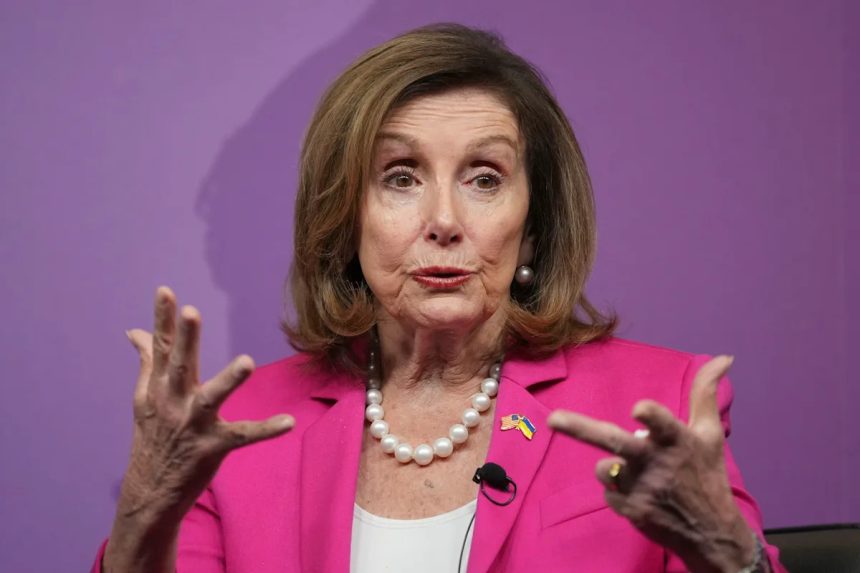Bitterly divided on the virtues of gerrymandering, the champions and foes of California’s snap redistricting bid can agree on one thing: This is coming fromDemocrats who control the state.
Whether voters love or loathe that fact could swing the outcome.
The Proposition 50 campaign has put California’s most powerful and prominent elected officials front and center, featuring Gov. Gavin Newsom and Sen. Alex Padilla in its opening advertising salvo and having former House Speaker Nancy Pelosi join them as the official signatories of the Yes ballot argument. Additional prominent Democrats are likely to appear in future spots; former President Barack Obama has embraced it.
In an era where distrust of institutions pervades our politics, it is a surprising choice. Most ballot-measure campaigns fall over themselves looking to recruit firefighters and non-political celebrities for ads so they don’t have to showcase elected officials. Voters created the independent redistricting system over opposition from the state’s Democratic establishment and polls show the party more unpopular today than it has ever been. Even in deep-blue California, fewer than 40 percent view the party favorably.
But the politician-centric messaging underscores how Newsom and his team want to make the November vote a stark choice between two divergent visions for America, embodied by party grandees: are you with President Donald Trump and the MAGA Republicans, or with Newsom and the Democrats?
“In typical ballot measures, you don’t want it to be partisan,” Yes on 50 strategist and longtime Newsom adviser Jim DeBoo said at a recent POLITICO event. “But on this one, the difference is it has become partisanized,” and the more Democrats “understand that this is their way to fight back and to actually effect change,” the better it does.
It adds up to a Yes on 50 strategy in which victory runs through mobilizing high-propensity Democratic voters rather than persuading a malleable middle. That’s borne out bydata from Newsom’s pollster that found voters are more likely to support the measure when it’s framed as “fighting back,” a recommendation echoed in a memo presented to Assembly Democrats last week that argued the most potent “yes” message focused on Trump’s “authoritarian blitzkrieg.”
Newsom has been the face of the gerrymandering play from the start. It’s a fitting role for an ambitious politician who relishes going on offense, though it’s not without risk for Newsom’s national prospects. But the campaign is also elevating players like Padilla, a mild-mannered politician whose rough treatment by federal agents in Los Angeles became a potent symbol of the stakes.
“It’s a reference people get,” said Sean Clegg, a media consultant who is helping to lead the campaign and happens to count Padilla as a client, noting the spot tested among the best of the ones they tried. “He has a story that’s directly connected to the broader assault on democracy.”
The No side accepts that an electorate hardened on partisan lines is likely to pass Prop 50 in November. “If this is a straight Republican vs. Democrat election, we lose,” Orange County Republican Party Chair Will O’Neill acknowledged to CalMattersthis weekend.
Instead, opponents are trying to draw a line elsewhere, hoping to pit voters against politicians cynically trying to reclaim their power. The Protect Fair Elections committee, run by allies of former House Speaker Kevin McCarthy, has been sending voters mail calling Prop 50 a “Politician Power Grab.” The more proponents do the work of attaching names and faces to that critique, the more it may resonate.
“If you’re trying to convince Californians that your gerrymandered maps aren’t a partisan power grab, making high-profile Democrats the continued face of the effort isn’t the way to do it,” Ellie Hockenbury of the McCarthy-affiliated committee said in a statement. “The reality is, Gavin Newsom’s eyeing the White House, Alex Padilla wants the governor’s mansion, and Prop 50 is their launchpad. This isn’t about saving democracy. It’s about manipulating it at great taxpayer expense for their own political gain.”









